Bonsai Soil Requirements: How To Mix Soil For Bonsai Trees
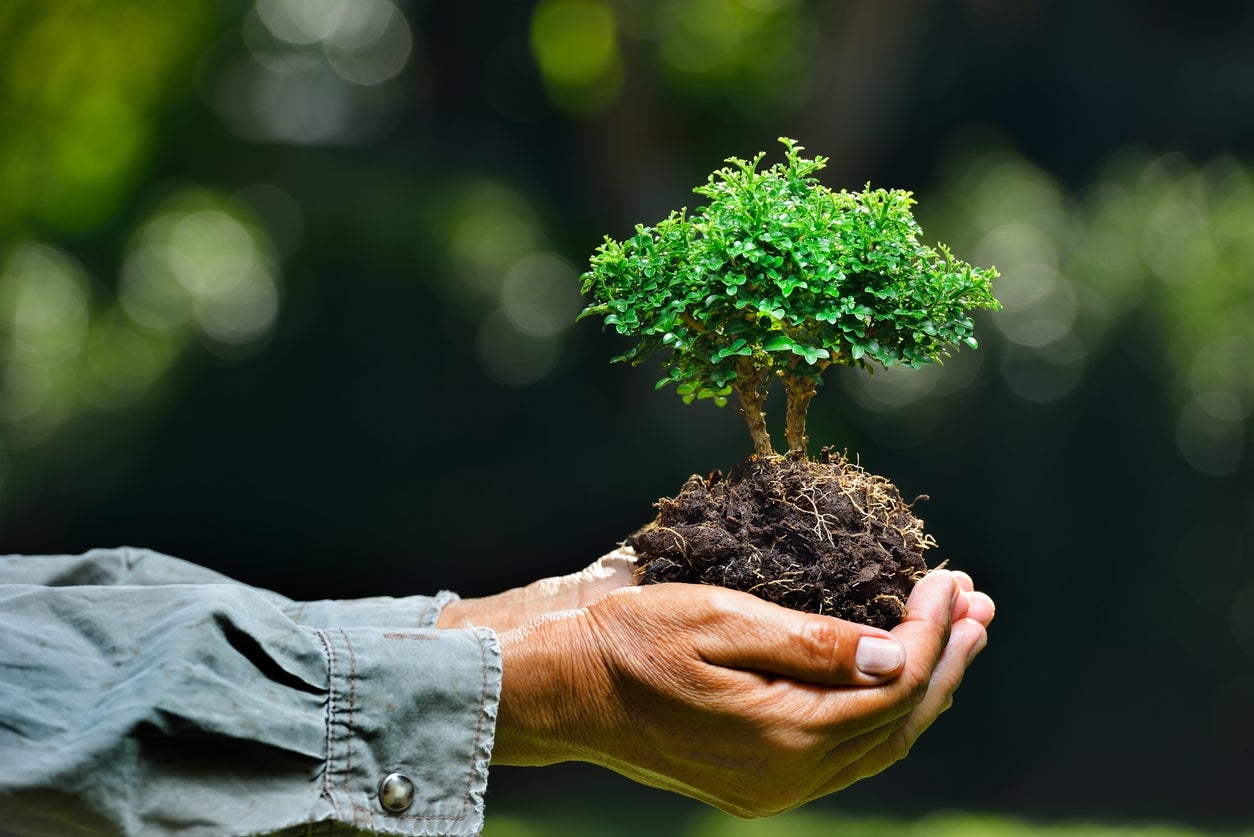
Bonsai may seem like just plants in pots, but they are so much more than that. The practice itself is more of an art that can take decades to perfect. While not the most interesting aspect of bonsai growing, soil for bonsai is an essential element. What is bonsai soil made up of? As with the art itself, bonsai soil requirements are exacting and very specific. The following article contains bonsai soil information on how to make your own bonsai soil.
Bonsai Soil Requirements
Soil for bonsai has to meet three different criteria: It must allow for good water retention, drainage, and aeration. The soil must be able to hold and retain sufficient moisture yet water must be able to drain immediately from the pot. The ingredients for bonsai soil must be large enough to allow for air pockets to provide oxygen to the roots and to microbacteria.
What is Bonsai Soil Made Up Of?
The common ingredients in bonsai soil are akadama, pumice, lava rock, organic potting compost, and fine gravel. Ideal bonsai soil should be pH neutral, neither acidic nor basic. A pH between 6.5 and 7.5 is ideal.
Bonsai Soil Information
Akadama is a hard-baked Japanese clay that is available online. After about two years, akadama begins to break down, which reduces aeration. This means that repotting is needed or that akadama should be used in a mix with well-draining soil components. Akadama is a bit costly, so it is sometimes substituted with fired/baked clays that are more readily available at garden centers. Even kitty litter is sometimes used in lieu of akadama.
Pumice is a soft volcanic product that absorbs both water and nutrients well. Lava rock helps retain water and adds structure to the bonsai soil.
Organic potting compost may be peat moss, perlite, and sand. It doesn’t aerate or drain well and retains water but as a part of the soil mix it works. One of the more common options for organic compost for use in bonsai soil is pine bark because it breaks down slower than other types of compost; rapid breakdown can impede drainage.
Fine gravel or grit help with drainage and aeration and is used as the bottom layer of a bonsai pot. Some people do not use this anymore and just use a mix of akadama, pumice, and lava rock.
Gardening tips, videos, info and more delivered right to your inbox!
Sign up for the Gardening Know How newsletter today and receive a free copy of our e-book "How to Grow Delicious Tomatoes".
How to Make Bonsai Soil
The exact mix of bonsai soil is dependent on what type of tree species is being used. That said, here are guidelines for two types of soil, one for deciduous trees and one for conifers.
- For deciduous bonsai trees use 50% akadama, 25% pumice, and 25% lava rock.
- For conifers use 33% akadama, 33% pumice, and 33% lava rock.
Depending upon your region’s conditions, you may need to amend the soil differently. That is, if you do not check on the trees a couple of times a day, add more akadame or organic potting compost to the mix to increase water retention. If the climate in your area is wet, add more lava rock or grit to improve drainage.
Sift the dust from the akadama to improve aeration and drainage of the soil. Add the pumice to the mix. Then add the lava rock. If the lava rock is dusty, sift it as well prior to adding it to the mix.
If water absorption is important, add organic soil into the mix. This isn’t always necessary, however. Usually, the above mix of akadama, pumice, and lava rock is sufficient.
Sometimes, getting soil for bonsai just right takes a little trial and error. Start with the basic recipe and keep a close eye on the tree. If drainage or aeration needs improvement, re-amend the soil.

Amy Grant has been gardening for 30 years and writing for 15. A professional chef and caterer, Amy's area of expertise is culinary gardening.
-
 Try The Trend – Turn Any Bed Into A Keyhole Garden With This Clever In-Ground Composter
Try The Trend – Turn Any Bed Into A Keyhole Garden With This Clever In-Ground ComposterKeyhole gardening is an efficient and sustainable practice that saves space. Get started on this DIY project quickly and easily with an in-ground composter.
By Bonnie L. Grant
-
 4 Superfast Composting Methods: Turn Waste Into Garden Gold In 30 Days Or Less
4 Superfast Composting Methods: Turn Waste Into Garden Gold In 30 Days Or LessTry the fastest composting methods to turbocharge your pile and transform kitchen scraps and garden waste into finished compost in just a few weeks.
By Mary Ellen Ellis
-
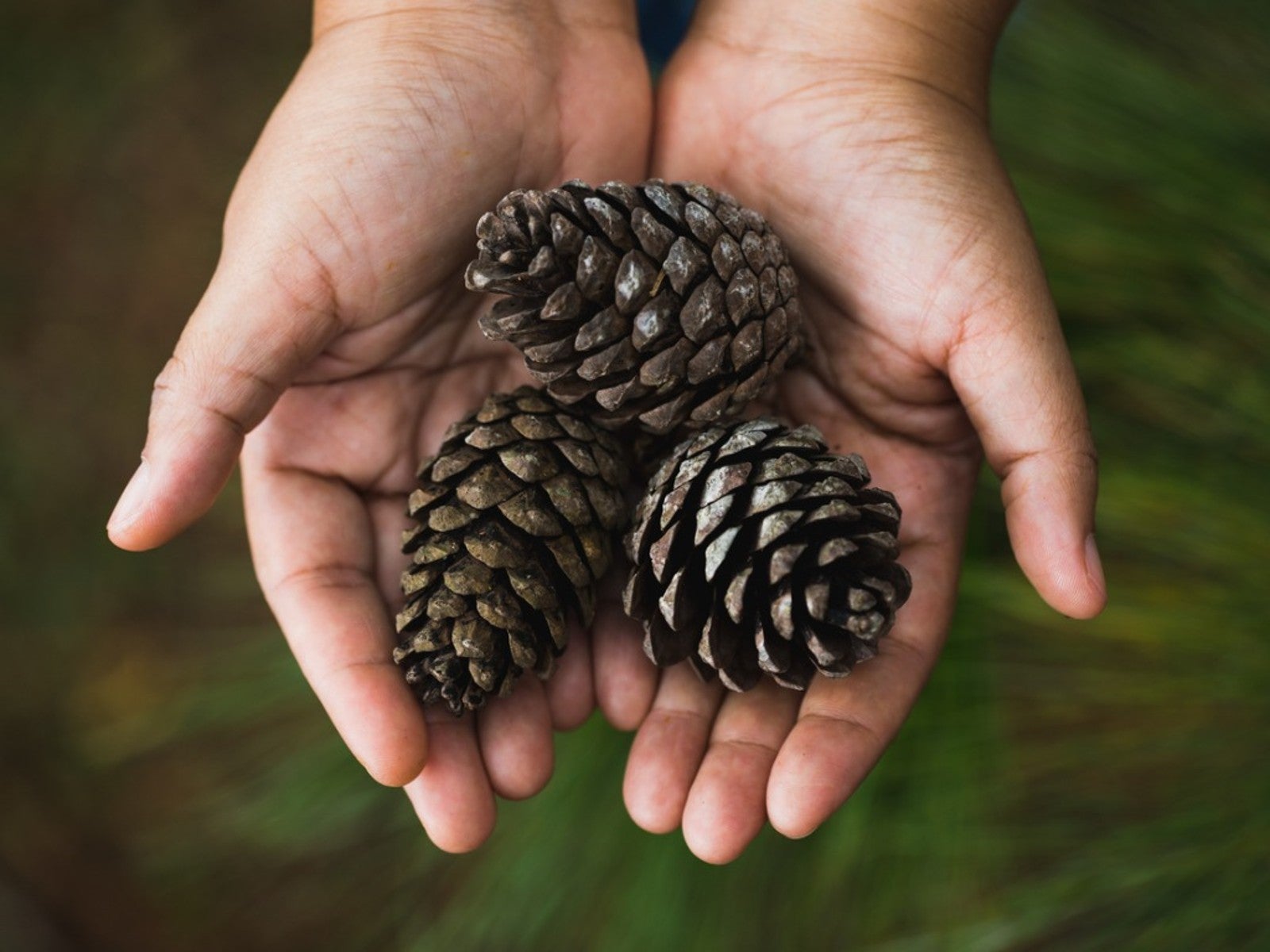 How To Grow A Pine Cone Bonsai Tree
How To Grow A Pine Cone Bonsai TreeWant to learn how to harvest seeds from a pine cone to start a pine cone bonsai tree? Click here to read all about it.
By Teo Spengler
-
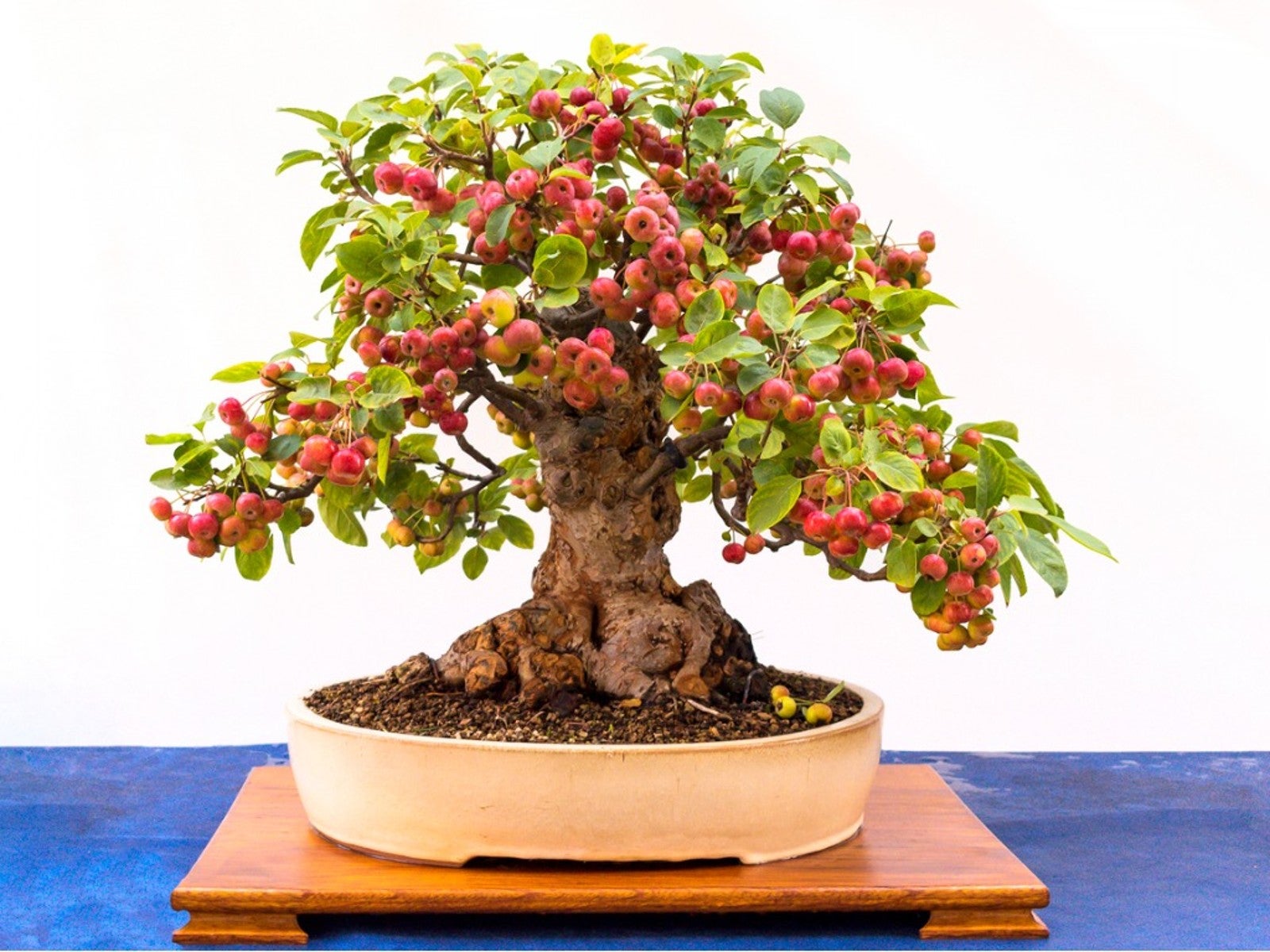 How To Grow A Bonsai Apple Tree That Produces Fruit
How To Grow A Bonsai Apple Tree That Produces FruitWhat could be sweeter than a miniature apple tree? Learn how to create an apple tree bonsai.
By Teo Spengler
-
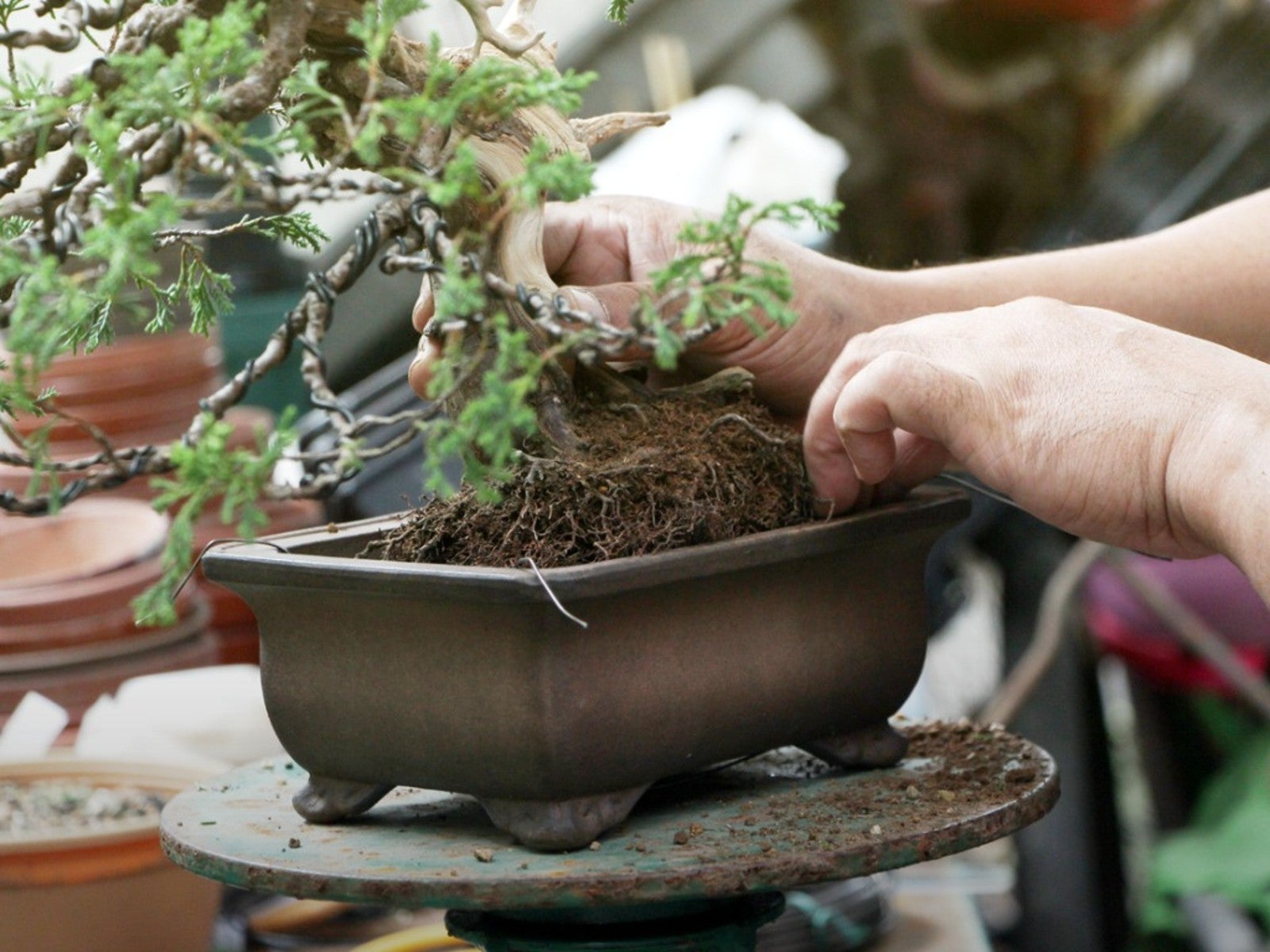 Tips For Repotting Bonsai Trees
Tips For Repotting Bonsai TreesThere’s an art to repotting a bonsai tree. Click here to learn how to do it successfully.
By Teo Spengler
-
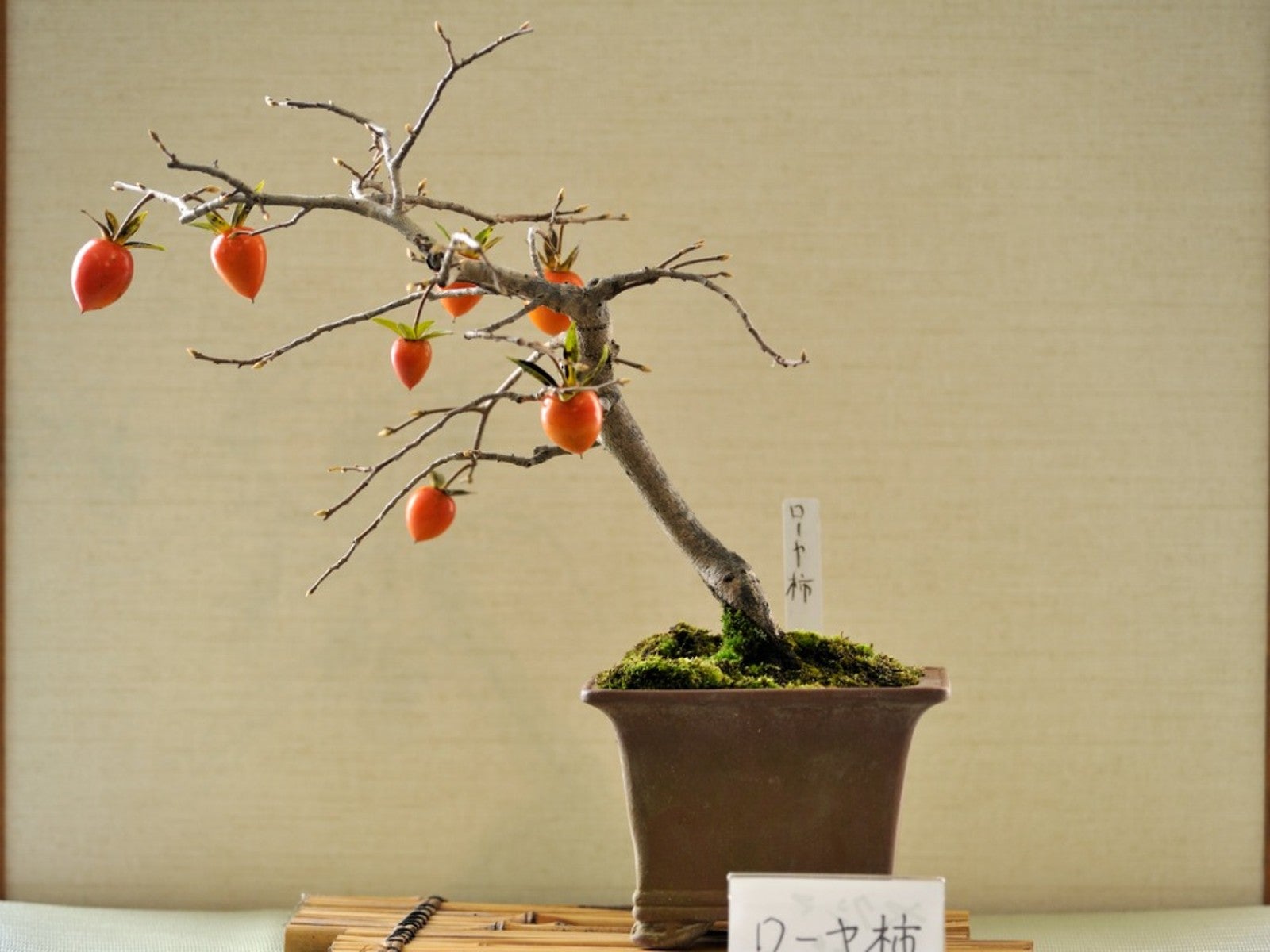 How To Grow A Persimmon Bonsai Tree
How To Grow A Persimmon Bonsai TreeAre you looking for a unique indoor plant that will light up your home? Creating a dwarf persimmon tree is an interesting project and lots of fun. Click here to learn more!
By Teo Spengler
-
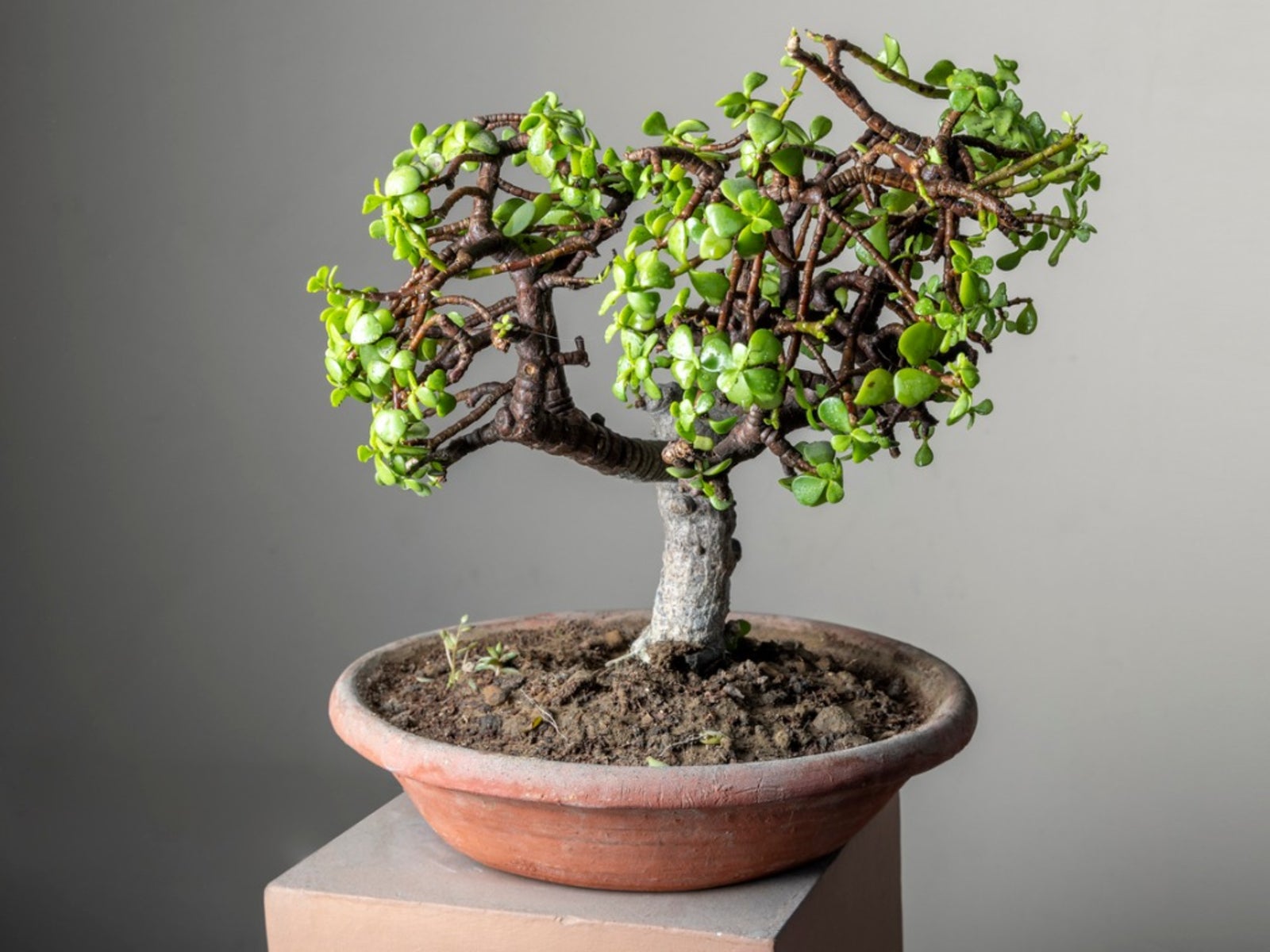 Succulent Bonsai Trees - Choosing Bonsai Looking Succulents
Succulent Bonsai Trees - Choosing Bonsai Looking SucculentsYou can create your own succulent bonsai trees quite easily. This is because many succulents are naturally tiny and hardy and don't mind the trimming required to make a bonsai form.
By Bonnie L. Grant
-
 Fukien Tea Tree Bonsai: How To Grow A Fukien Tea Tree
Fukien Tea Tree Bonsai: How To Grow A Fukien Tea TreeHeard about Fukien tea tree bonsais? Click this article for Fukien tea tree care and how to grow this interesting houseplant.
By Teo Spengler
-
Bonsai Aquarium Plants – How To Grow Aqua Bonsai Trees
Bonsai trees that are kept tiny and carefully cared for in small pots can bring a real level of intrigue and beauty to the home. But is it possible to grow underwater bonsai trees? Learn more aquatic bonsai information, including how to grow aqua bonsai, in this article.
By Liz Baessler
-
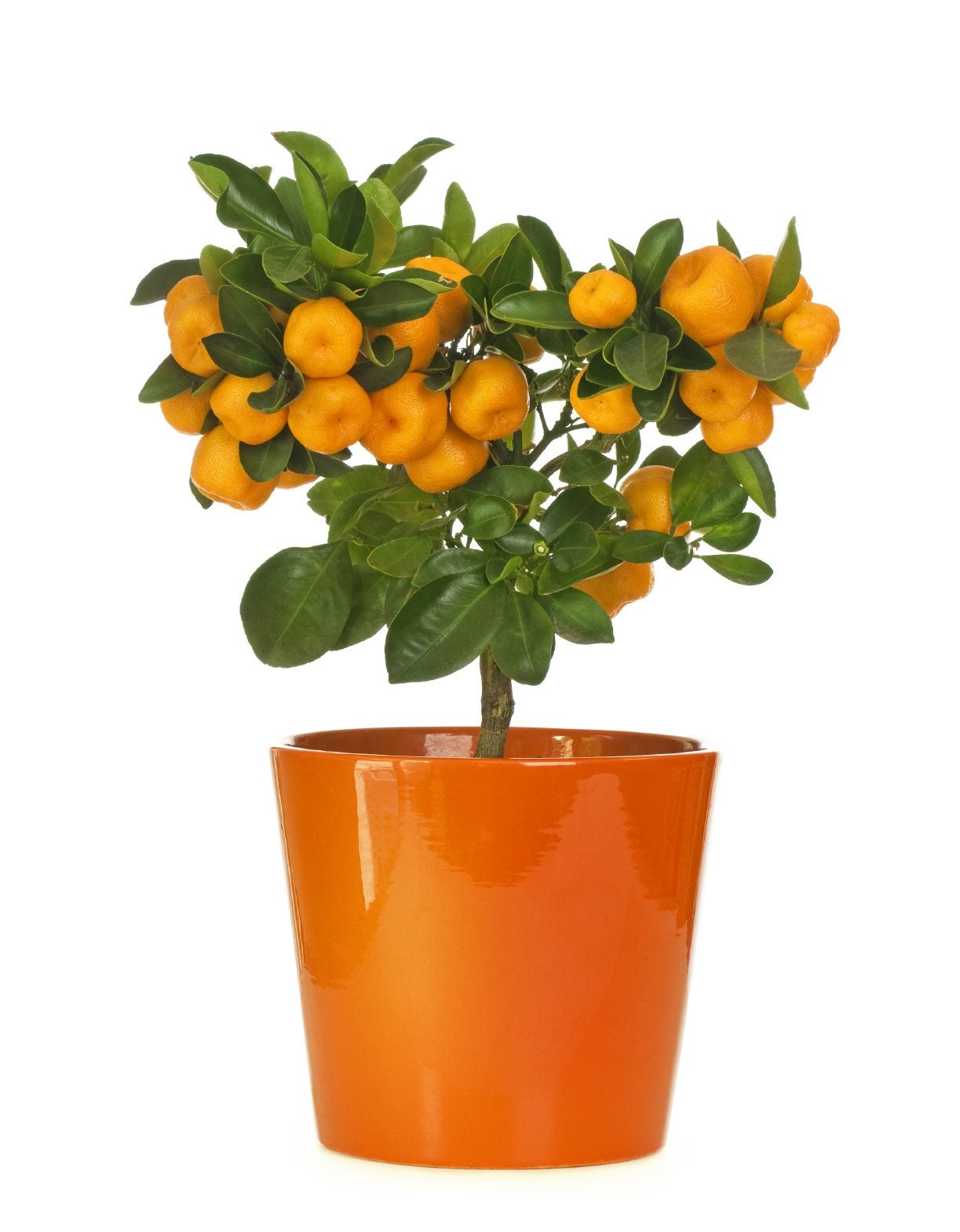 Growing Fruit Trees As Bonsai: Learn About Bonsai Fruit Tree Care
Growing Fruit Trees As Bonsai: Learn About Bonsai Fruit Tree CareIf you think bonsai are always tiny trees with fragrant flowers, you aren't alone. However, this is a misconception. You can also choose from a wide variety of fruit trees as bonsai. Learn more about bonsai fruit trees in this article.
By Teo Spengler